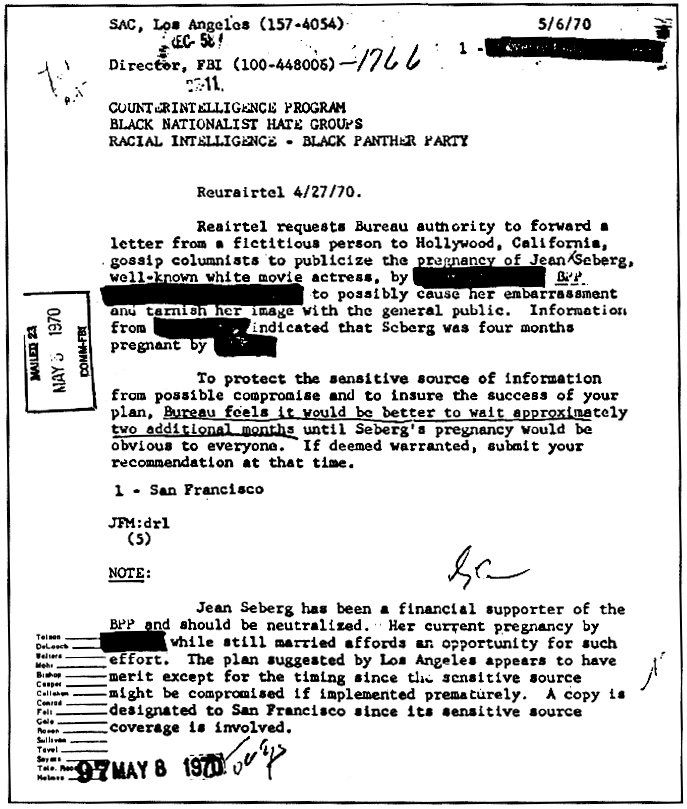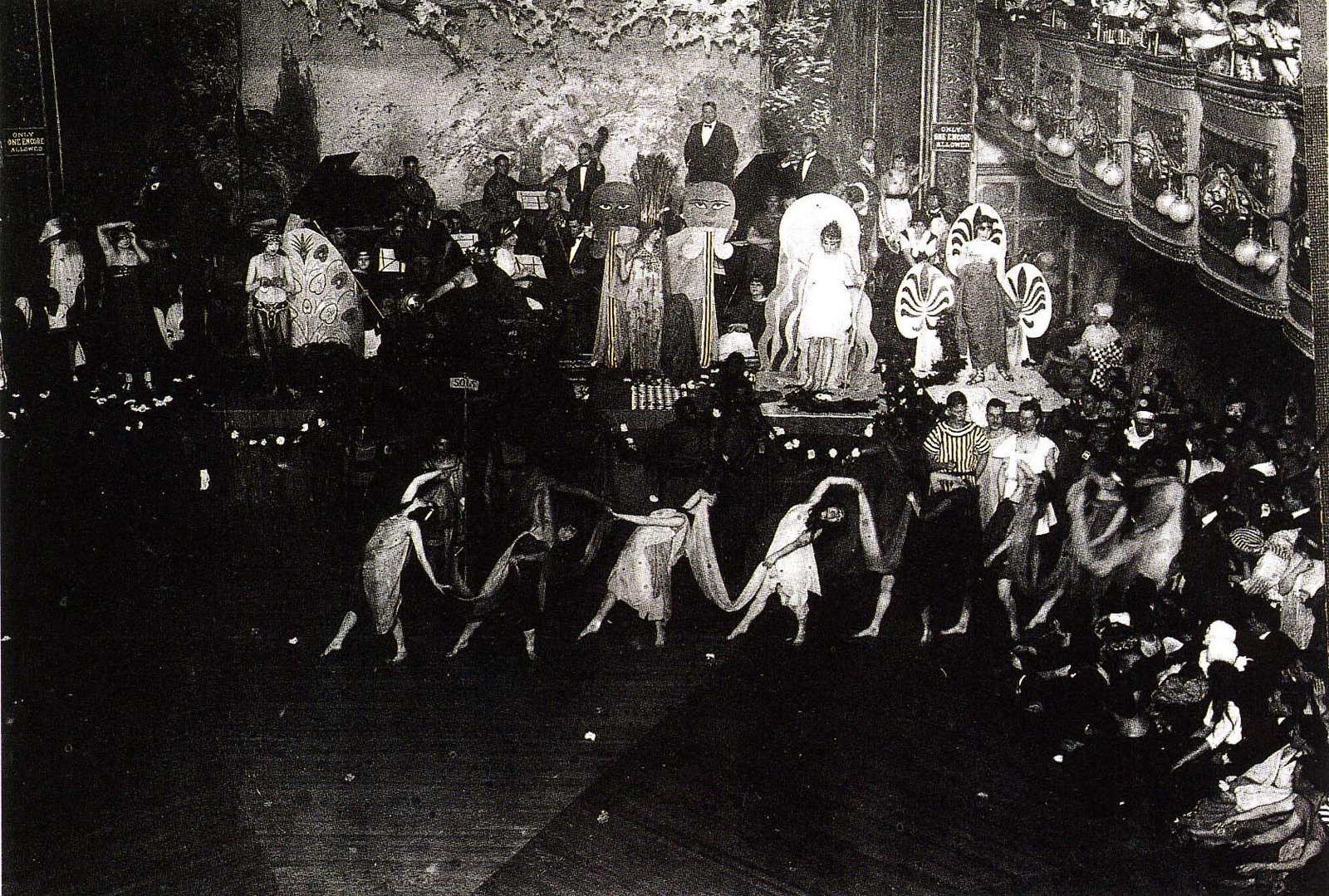|
Chicana
Chicano or Chicana is a chosen identity for many Mexican Americans in the United States. The label ''Chicano'' is sometimes used interchangeably with ''Mexican American'', although the terms have different meanings. While Mexican-American identity was related to encouraging assimilation into White American society and separating the community from the African-American political struggle, Chicano identity emerged among anti-assimilationist youth. Some belonged to the Pachuco subculture, and claimed the term (which had previously been a classist and racist slur). The term ''Chicano'' was widely reclaimed by ethnic Mexicans in the 1960s and 1970s to express political empowerment, ethnic solidarity, and pride in being of Indigenous descent (with many using the Nahuatl language), diverging from the more assimilationist ''Mexican American'' term. Chicano Movement leaders collaborated with Black Power movement. Chicano youth in ''barrios'' rejected cultural assimilation into white ... [...More Info...] [...Related Items...] OR: [Wikipedia] [Google] [Baidu] |
Chicano Movement
The Chicano Movement, also referred to as El Movimiento, was a civil rights movements, social and political movement in the United States inspired by prior acts of resistance among people of Mexican descent, especially of Pachucos in the 1940s and 1950s, and the Black Power movement, that worked to embrace a Chicano, Chicano/a identity and worldview that combated structural racism, encouraged cultural revitalization, and achieved community empowerment by rejecting Cultural assimilation, assimilation. Before this, ''Chicano/a'' had been a term of derision, adopted by some Pachucos as an expression of defiance to Anglo-Americans, Anglo-American society. With the rise of ''Chicanismo'', ''Chicano/a'' became a reclaimed term in the 1960s and 1970s, used to express political autonomy, ethnic and cultural solidarity, and pride in being of Indigenous peoples of Mexico, Indigenous descent, diverging from the assimilationist ''Mexican-American'' identity. Chicanos also expressed solidarity ... [...More Info...] [...Related Items...] OR: [Wikipedia] [Google] [Baidu] |
Mexican Americans
Mexican Americans ( es, mexicano-estadounidenses, , or ) are Americans of full or partial Mexican heritage. In 2019, Mexican Americans comprised 11.3% of the US population and 61.5% of all Hispanic and Latino Americans. In 2019, 71% of Mexican Americans were born in the United States, though they make up 53% of the total population of foreign-born Latino Americans and 25% of the total foreign-born population. The United States is home to the second-largest Mexican community in the world (24% of the entire Mexican-origin population of the world), behind only Mexico. Most Mexican Americans reside in the Southwest (over 60% in the states of California and Texas). Many Mexican Americans living in the United States have assimilated into American culture which has made some become less connected with their culture of birth (or of their parents/ grandparents) and sometimes creates an identity crisis. Most Mexican Americans have varying degrees of Indigenous and European ancestr ... [...More Info...] [...Related Items...] OR: [Wikipedia] [Google] [Baidu] |
Pachuco
Pachucos are male members of a counterculture associated with zoot suit fashion, jazz and swing music, a distinct dialect known as '' caló'', and self-empowerment in rejecting assimilation into Anglo-American society that emerged in El Paso, Texas in the late 1930s. The pachuco counterculture flourished among Chicano boys and men in the 1940s as a symbol of rebellion, especially in Los Angeles. It spread to women who became known as pachucas and were perceived as unruly, masculine, and un-American. Some pachucos adopted strong attitudes of social defiance, engaging in behavior seen as deviant by white/Anglo-American society, such as marijuana smoking, gang activity, and a turbulent night life. Although concentrated among a relatively small group of Mexican Americans, the pachuco counterculture became iconic among Chicanos and a predecessor for the cholo subculture which emerged among Chicano youth in the 1980s. Pachucos emerged in El Paso, Texas, among a group of Chicano ... [...More Info...] [...Related Items...] OR: [Wikipedia] [Google] [Baidu] |
Machismo
Machismo (; ; ; ) is the sense of being " manly" and self-reliant, a concept associated with "a strong sense of masculine pride: an exaggerated masculinity". Machismo is a term originating in the early 1930s and 1940s best defined as having pride in one’s masculinity. It is associated with "a man's responsibility to provide for, protect, and defend his family". Machismo is strongly and consistently associated with dominance, aggression, exhibition, and nurturance. The correlation to machismo is found to be deeply rooted in family dynamics and culture. The word has a long history both in Spain and Portugal, including the Spanish and Portuguese languages. in Portuguese and Spanish is a strictly masculine term, derived from from the Latin ''mascŭlus'', which means "male". It was originally associated with the ideal societal role men were expected to play in their communities, most particularly Iberian language-speaking societies and countries. In addition, due to Mexic ... [...More Info...] [...Related Items...] OR: [Wikipedia] [Google] [Baidu] |
Informant
An informant (also called an informer or, as a slang term, a “snitch”) is a person who provides privileged information about a person or organization to an agency. The term is usually used within the law-enforcement world, where informants are officially known as confidential human sources (CHS), or criminal informants (CI). It can also refer pejoratively to someone who supplies information without the consent of the involved parties."The Weakest Link: The Dire Consequences of a Weak Link in the Informant Handling and Covert Operations Chain-of-Command" by M Levine. ''Law Enforcement Executive Forum'', 2009 The term is commonly used in politics, industry, entertainment, and academia. In the United States, a confidential informant or "CI" is "any individual who provides useful and credible information to a law enforcement agency regarding felonious criminal activities and from whom the agency expects or intends to obtain additional useful and credible information regarding ... [...More Info...] [...Related Items...] OR: [Wikipedia] [Google] [Baidu] |
Agent Provocateur
An agent provocateur () is a person who commits, or who acts to entice another person to commit, an illegal or rash act or falsely implicate them in partaking in an illegal act, so as to ruin the reputation of, or entice legal action against, the target, or a group they belong to or are perceived to belong to. They may target any group, such as a peaceful protest or demonstration, a union, a political party or a company. In jurisdictions in which conspiracy is a serious crime in itself, it can be sufficient for the agent provocateur to entrap the target into discussing and planning an illegal act. It is not necessary for the illegal act to be carried out or even prepared. Prevention of infiltration by agents provocateurs is part of the duty of demonstration marshals, also called stewards, deployed by organizers of large or controversial assemblies.Belyaeva et al. (2007), § 7–8, 156–162Bryan, DominicThe Anthropology of Ritual: Monitoring and Stewarding Demonstrations in Nort ... [...More Info...] [...Related Items...] OR: [Wikipedia] [Google] [Baidu] |
COINTELPRO
COINTELPRO ( syllabic abbreviation derived from Counter Intelligence Program; 1956–1971) was a series of covert and illegal projects actively conducted by the United States Federal Bureau of Investigation (FBI) aimed at surveilling, infiltrating, discrediting, and disrupting domestic American political organizations. FBI records show COINTELPRO resources targeted groups and individuals the FBI deemed subversive, including feminist organizations, the Communist Party USA,. anti–Vietnam War organizers, activists of the civil rights and Black power movements (e.g. Martin Luther King Jr., the Nation of Islam, and the Black Panther Party), environmentalist and animal rights organizations, the American Indian Movement (AIM), Chicano and Mexican-American groups like the Brown Berets and the United Farm Workers, independence movements (including Puerto Rican independence groups such as the Young Lords and the Puerto Rican Socialist Party), a variety of organizations that were part of ... [...More Info...] [...Related Items...] OR: [Wikipedia] [Google] [Baidu] |
Masculinity
Masculinity (also called manhood or manliness) is a set of attributes, behaviors, and roles associated with men and boys. Masculinity can be theoretically understood as socially constructed, and there is also evidence that some behaviors considered masculine are influenced by both cultural factors and biological factors. To what extent masculinity is biologically or socially influenced is subject to debate. It is distinct from the definition of the biological male sex, as anyone can exhibit masculine traits. Standards of masculinity vary across different cultures and historical periods. Overview Masculine qualities and roles are considered typical of, appropriate for, and expected of boys and men. Standards of manliness or masculinity vary across different cultures, subcultures, ethnic groups and historical periods. Traits traditionally viewed as masculine in Western society include strength, courage, independence, leadership, and assertiveness.Thomas, R. Murray (2001 ... [...More Info...] [...Related Items...] OR: [Wikipedia] [Google] [Baidu] |
Queer
''Queer'' is an umbrella term for people who are not heterosexual or cisgender. Originally meaning or , ''queer'' came to be used pejoratively against those with same-sex desires or relationships in the late 19th century. Beginning in the late 1980s, queer activists, such as the members of Queer Nation, began to reclaim the word as a deliberately provocative and politically radical alternative to the more assimilationist branches of the LGBT community. In the 21st century, ''queer'' became increasingly used to describe a broad spectrum of non- normative sexual and/or gender identities and politics. Academic disciplines such as queer theory and queer studies share a general opposition to binarism, normativity, and a perceived lack of intersectionality, some of them only tangentially connected to the LGBT movement. Queer arts, queer cultural groups, and queer political groups are examples of modern expressions of queer identities. Critics of the use of the term includ ... [...More Info...] [...Related Items...] OR: [Wikipedia] [Google] [Baidu] |
Government Agency
A government or state agency, sometimes an appointed commission, is a permanent or semi-permanent organization in the machinery of government that is responsible for the oversight and administration of specific functions, such as an administration. There is a notable variety of agency types. Although usage differs, a government agency is normally distinct both from a department or ministry, and other types of public body established by government. The functions of an agency are normally executive in character since different types of organizations (''such as commissions'') are most often constituted in an advisory role—this distinction is often blurred in practice however, it is not allowed. A government agency may be established by either a national government or a state government within a federal system. Agencies can be established by legislation or by executive powers. The autonomy, independence, and accountability of government agencies also vary widely. History Early e ... [...More Info...] [...Related Items...] OR: [Wikipedia] [Google] [Baidu] |
Aztlán
Aztlán (from nah, Astlan, ) is the ancestral home of the Aztec peoples. '' Astekah'' is the Nahuatl word for "people from Aztlan". Aztlan is mentioned in several ethnohistorical sources dating from the colonial period, and while they each cite varying lists of the different tribal groups who participated in the migration from Aztlan to central Mexico, the Mexica who went on to found Mexico-Tenochtitlan are mentioned in all of the accounts. Historians have speculated about the possible location of Aztlan and tend to place it either in northwestern Mexico or the Southwestern United States, although there are doubts about whether the place is purely mythical or represents a historical reality. Legend Nahuatl histories relate that seven tribes lived in Chicomoztoc, or "the place of the seven caves". Each cave represented a different Nahua group: the Xochimilca, Tlahuica, Acolhua, Tlaxcalteca, Tepaneca, Chalca, and Mexica. Along with these people, the Olmec-Xicalanca and Xaltocame ... [...More Info...] [...Related Items...] OR: [Wikipedia] [Google] [Baidu] |








